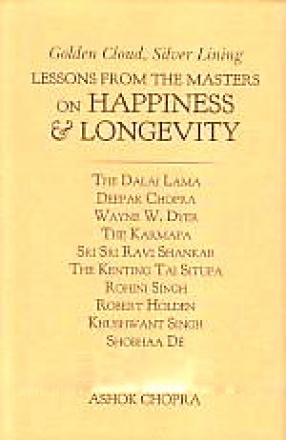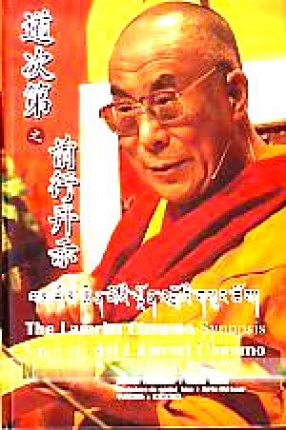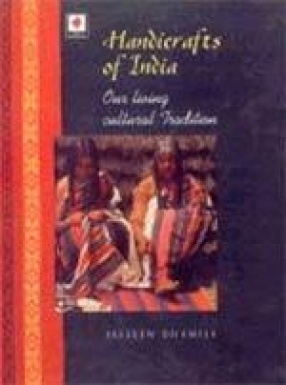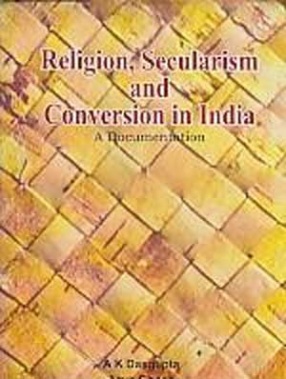The rÑiṅ ma pas are the only minority school of Tibetan Buddhism whose iconography differs markedly from the mainstream iconography re-presented by the gSar ma pa or new schools. Scholarly works on rÑiṅ ma iconography are quite rare and have so far never covered the whole of the rÑiṅ ma pantheon.
This book has been written as an attempt to fill this gap, trying to supply introductory as well as comprehensive information, meant for people interested in Tibetan Buddhism, whether lay persons, practitioners, or scholars. Apart from individual descriptions of the most important deities, the emphasis of this study has been laid on the pantheon as a whole, because its structure is crucial for understanding the differences between rÑiṅ ma pa and mainstream iconography.
The book includes more than 2000 photographs most of which were taken by the author herself in various monasteries and nunneries of the rÑiṅ ma school in India and Nepal and by Elke Hessel in Tibet. Over hundred images provided from other sources have been added. As far as possible, the iconography of the deities and maṇḍalas has been verified through written sources, among them the large rÑiṅ ma text collections of the Rin chen gter mdzod and the rÑiṅ ma rgyud ’bum.
In seven chapters on the iconography of Buddhas, the systems of peaceful and wrathful deities, Padmasambhava, the eight most important cycles of meditation deities (bKa’ brgyad), the protective deities and the teachers, the book describes, on the one hand, the peculiarities of the rÑiṅ ma school, but also, on the other hand, the parts of its iconography it shares with the other schools.








There are no reviews yet.